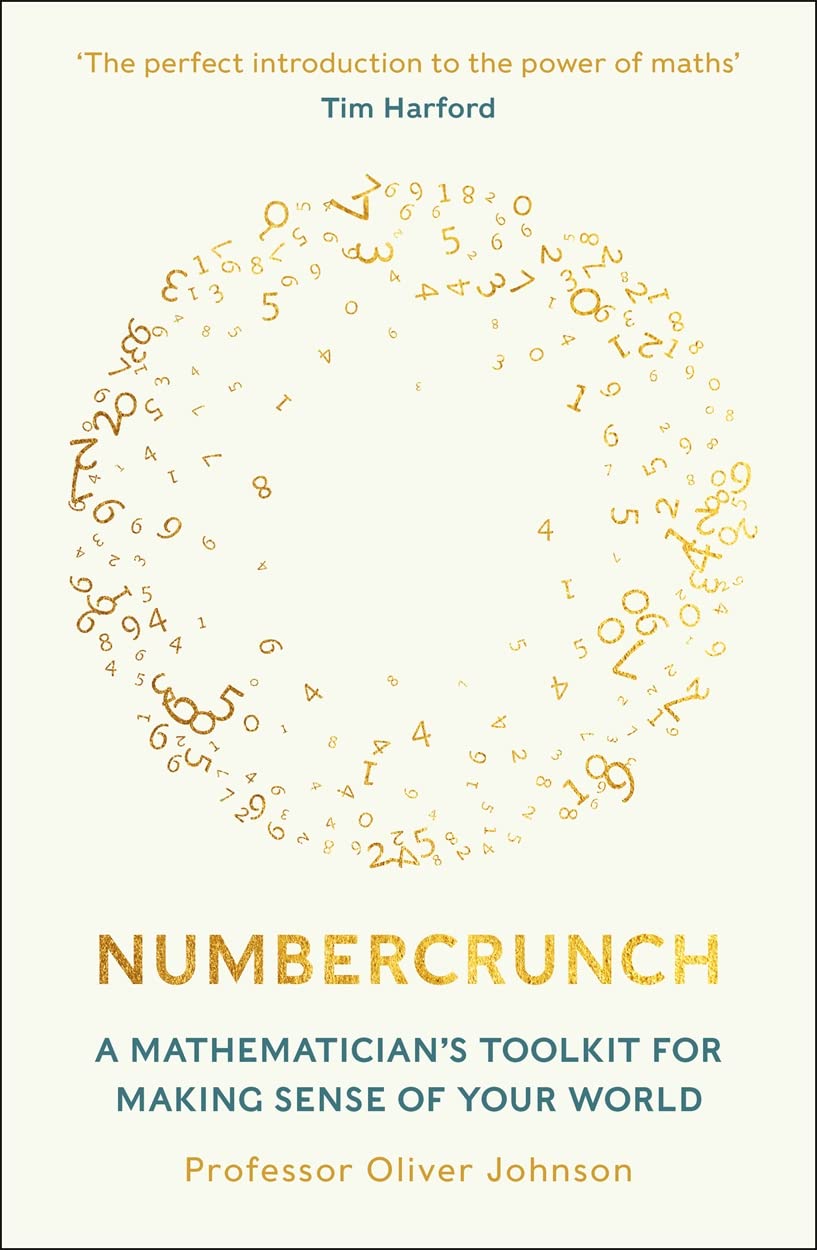About this deal
It's that time of year for the sinking feeling when you delve into the Christmas chocolate selection box and, as if by magic, pull out The One Which Nobody Likes. Last month brought the controversial news that Bounty chocolates have been excluded from a special edition of Celebrations, so that's one less choc to worry about, but how exactly do the odds stand against us?
A clear, straightforward, informative guide to understanding numbers. I wish I'd read it years ago. * Tom Chivers, author of 'How to Read Numbers' * No Christmas is complete without a rootin’-tootin’ singalong of The Twelve Days of Christmas. Well done if you can remember all the lyrics but top marks are reserved for those who know the secret significance of the number of presents received each day.Oliver Johnson, Professor of Information Theory at the University of Bristol, helped explain the constant stream of statistics during the pandemic. He has also been busy writing his debut book Numbercrunch, out next year with Heligo Books, which reveals how numerical thinking can help resolve some of life’s biggest conundrums. Professor Johnson said: “Newton’s work in understanding the solutions of certain equations was developed by Colin Maclaurin, a child prodigy who became professor of mathematics at the age of 19. This led to what is known as Maclaurin’s inequality, which tells us that, among all the rectangular boxes with the same volume, the cube is the one with the smallest surface area. An excellent, straightforward introduction to usefulness of numbers, which gets to the heart of why maths is so important to all of us. While there is uncertainty about the potential for bird flu to infect humans, investing in new vaccines now could avoid the ruinous cost of another pandemic. Photograph: Ian Forsyth/Getty Images Professor Johnson explained: “While it may be powerless to sweeten the pill, maths can certainly help you understand what’s going on. For example, what are the chances that the last chocolate left in the box is a nasty one? It’s actually very simple: if our box has 24 nice chocolates and 6 nasty ones, there’s a simple way to see the likelihood of the last one being nasty is 6/30, or 20%. That’s the same chance that the first one is nasty, because you could imagine randomly pulling out all the chocolates and putting them in a long line – and then deciding which end of the line to start eating from.
Professor Johnson said, "The number of presents received each day and in total are hidden in the mathematical pattern known as Pascal's Triangle. On the first few days of Christmas, my true love sent me 1, then 1+2 = 3, then 1+2+3 = 6 presents. This sequence 1, 3, 6, 10, …, known as the triangular numbers, appears down one diagonal of the triangle. Lucid and entertaining. With barely an equation in sight, Numbercrunch makes a passionate case for how just a little bit more numeracy could help us all. * Tom Whipple, Science Editor, 'The Times' *According to the publisher, Numbercrunch equips readers with the mathematical tools and thinking to understand the myriad data all around us.
Related:
 Great Deal
Great Deal 